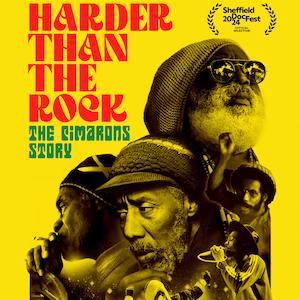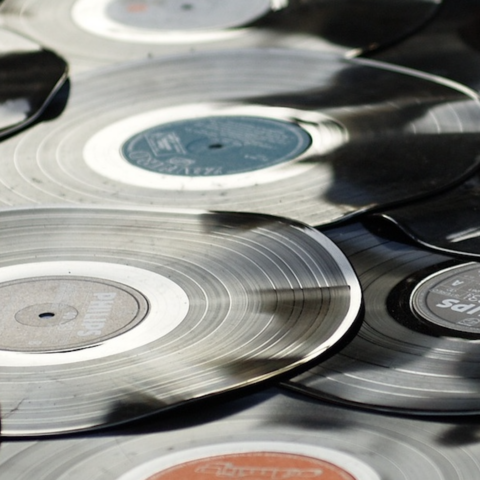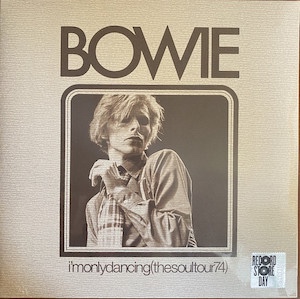Exposed; Acapella
By Jo Phillips
All that is needed to create music is the voice of a single person. That is how music originally began and no matter how many years have gone by and how much our society has developed, a simple hum can give birth to a beautiful melody. Acapella (=songs sung with no instruments) allows for this roughness of musicality to be exposed in its purest form. Acapella feels almost like the singing of the sirens – its the voice and the first harmonization that lures you into a song as it exposes the voice when every other sound is silenced.
Acapella, or “in the manner of the chapel” in Italian, first became popular in the 15th century with the help of great composers such as Josquin des Prez and Orlando di Losso who composed some of the most important compositions to be sang during religious services such as “Agnus Dei” and “Lauda amina mea Dominum.” The tradition of polyphonic (=involving many sounds or voices) musical works by unaccompanied voices continued on through the Renaissance and Baroque with the help of Claudio Monteverdi, the Italian composer of “Zefiro Torna,” whose works were the first to be later accompanied by instruments and, thus, becoming more complex.
Acapella surfaced again as a popular music genre in the 60s and 70s with the help of groups such as The Persuasions and The Manhattan Transfer who added a pop vibe to the already existing genre which until then seemed quite monotonous. Acapella singing continued to rise until it reached its peak in the early 20th century America when “Barbershop Quarters.” The quartets consisted of four members (a lead, a bass, a tenor and a baritone) of the same sex who united in order to perform catchy song that everybody would understand the lyrics and be able to sing.
As the 21st century arrived, acapella spread among the younger generations with the help of TV shows like Glee, movies like Pitch Perfect and TV competitions such as The Sing-off. Bringing back older songs and adding a fresh approach to them or even performing acapella mash ups of different songs have modernized this ancient genre of music which does not require a lot – just a couple of voices.
Acapella has transcended through the years, sometimes being forgotten and sometimes becoming extremely popular, the genre keeps coming back but each time adding different melodies or incorporating two or more songs together. These variations are able to show the evolution of the genre, as well as, the distinct characteristics which make acapella stand through the passing of time.
Here is a historic guide of songs that will inspire your inner acapella singer:
Viderunt omnes – Pérotin le Grand (12th century)
Mr. Sandman – The Charolettes (1958)
The Longest Time – Billy Joel (1983)
Back To Life – Soul II Soul
Bohemian Rhapsody – Pentatonix (2017)
Uprising/Tsunami – Das Sound Machine (Pitch Perfect)






